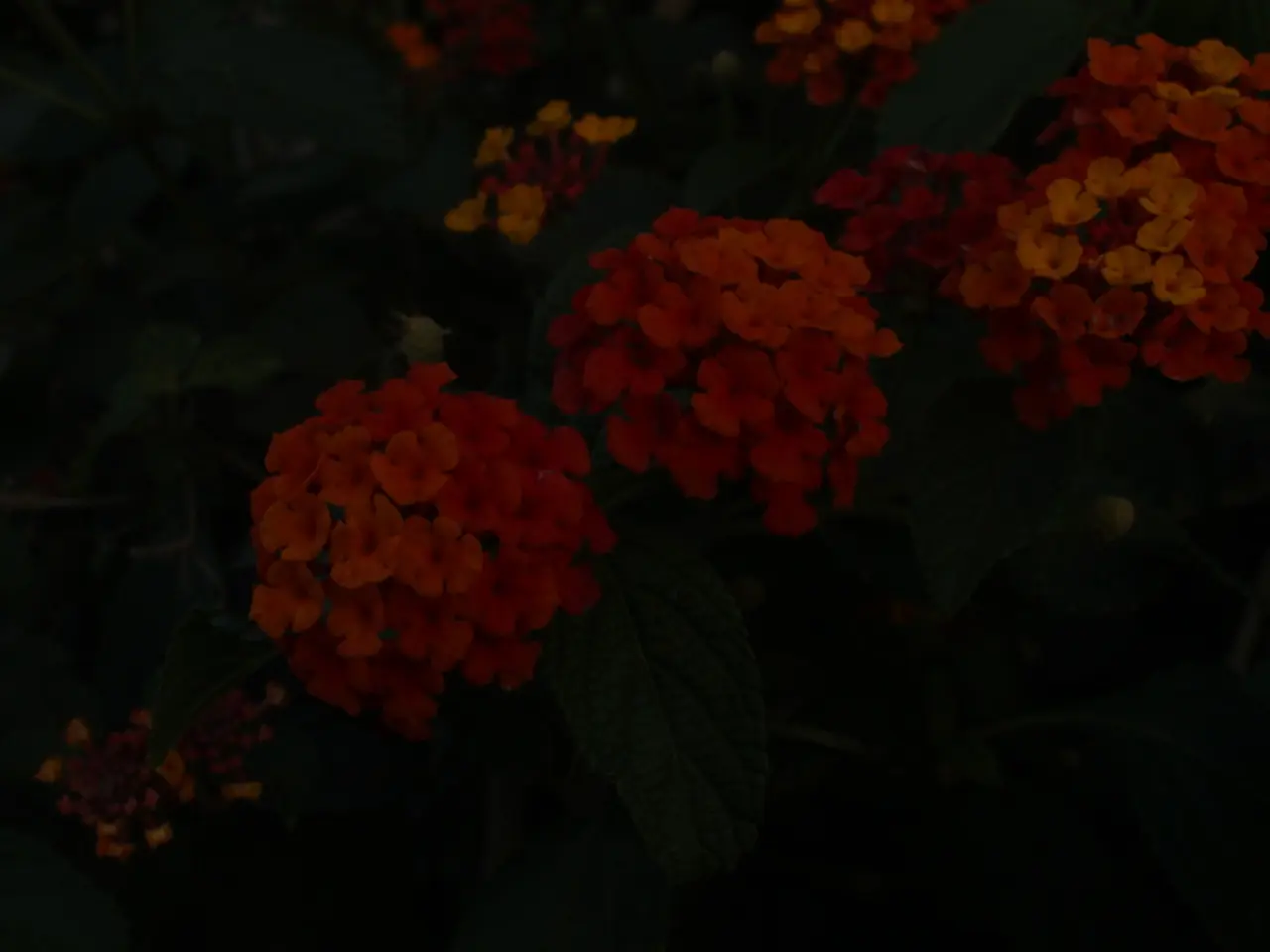Unveiling the Symbolism: Understanding the Hidden Messages in Magnificent Peony Blooms
The Fascinating History and Symbolism of Peonies
The peony, a beloved bloom in gardens worldwide, carries a rich and diverse historical significance that spans across cultures and centuries.
Ancient Greece
The name peony is derived from Paeon, a student of Asclepius, the god of medicine. This early association with healing and medicinal properties is evident in the Greeks' reverence for the peony, which they believed held powers in both medicine and decorative arts.
China
Peonies were first cultivated over 2,000 years ago in China, initially for medicinal uses before becoming cherished garden flowers. In Chinese culture, peonies are known as the “King of the Flowers” and symbolize prosperity and good fortune. They hold a prestigious status and are often linked with wealth and honor.
Japan
In Japan, peonies signify bravery, while white peonies are associated with bashfulness.
Victorian Europe and America
During the Victorian era, the "language of flowers" or floriography became popular. Peonies symbolized romance and bashfulness, conveying sentiments related to love and delicate feelings. This period saw flowers as coded messages of affection or other emotions, especially when public displays of emotion were socially restricted.
Weddings and Ceremonial Use
Peonies have also played a role in weddings, often symbolizing love, prosperity, and good fortune in bridal bouquets and decorations, continuing traditions that trace back to ancient times in both Europe and Asia.
The Peony's Symbolism
The symbolism of the peony ranges from healing and medicinal power (ancient Greece) to prosperity and honor (China), bravery and bashfulness (Japan), and romantic affection (Victorian language of flowers). These meanings are reflected in art, mythology, garden cultivation, and social rituals like weddings throughout history.
The Fabulous Peony
A Chinese fable, The Fabulous Peony, tells the story of the Male Vermillion Peony being banished from the palace for refusing to bloom overnight.
Peony's Spread Across the Globe
Peonies were imported to Europe from China around the early 1800s, with France starting the breeding trend. By the 1850s, peonies had spread to North America, where breeders focused on producing plants for the cut flower industry.
Modern Peony Cultivation
Today, there are four main types of peonies: tree, herbaceous, hybrid, and intersectional. Each type has unique characteristics and uses, with the root of the tree peony being used to cool and move blood, while the herbaceous tuber increases the energy of the blood.
In the modern floral industry, various meanings are assigned to peonies for marketing purposes, including romance, happiness, good fortune, and more, depending on hue, petal texture, and breeding intention.
Bonnie L. Grant, a professional landscaper with a Certification in Urban Gardening, has a passion for edible landscaping. She emphasizes the versatility of peonies, which not only serve as beautiful additions to gardens but also have medicinal and culinary uses.
In conclusion, the peony's history and symbolism are as captivating as the flower itself. From its roots in ancient Greece and China to its role in Victorian floriography and modern gardening, the peony continues to captivate and inspire.
The peony's appeal extends beyond its bewitching beauty, as it also finds a place in home-and-garden enthusiasts' lifestyles, given its versatility for cultivation, medicinal, and culinary uses. In addition, the symbolic meanings associated with peonies in various cultures, such as prosperity, love, bravery, and bashfulness, lend themselves well to floral arrangements and gardening themes, particularly in home-and-garden magazines and blogs.





